We huffed our way up the tight, rocky path, climbing over wind-toppled trees and stumbling over rocks. Far below, I could see the sun-bleached Tennessee River. In fact, I could almost hear it – even over the crunch of dry leaves – a churning, static noise that seemed to be getting louder.
My hiking partner Mariah Prescott stopped.
“This way,” she said, leading me off the trail and over two large boulders – beyond which appeared a gushing 25-foot tall waterfall.
This was our first testing site.
Mariah and I first met two Augusts ago during a Georgia Adopt-a-Stream workshop, where we trained to become volunteer water testers. I had been studying to become a state naturalist, requiring me to complete 40 volunteer hours. Mariah had wanted to start the Tennessee River Gorge Trust's first water quality project.
As business and community access director of TRGT, Mariah's job is to connect people to the land and to help manage that land for the people – while still preserving it for the plants and animals that inhabited the wild terrain long before hikers.
Clean water is where it all begins.
TRGT's water quality project monitors 13 different sections of streams and river throughout the Tennessee River Gorge. Each month, the sites are tested for pH, dissolved oxygen, conductivity and temperature – considered the chemical components of water quality. Each season, they are tested for macroinvertabrates, which are the tiny insects that live at the creek's bottom.
On our recent outing, Mariah and I planned to monitor the chemical components on just two sites: “Ritchie” and “Ritchie Upper,” named for the under-construction Ritchie Gulf Trail.
Upon completion, the Ritchie Gulf Trail will be a 2.5-mile footpath connecting the Tennessee River near Pot Point Cabin up to the Cumberland Trail in Prentice Cooper State Forest. TRGT is currently working to clean up that already-in-place path along an old, abandoned mule trail.
“Though, it's hard to imagine a mule up here – let alone that mule having to turn itself around and go back down,” Mariah said.
Indeed, it was a difficult climb, though the waterfall made the effort worth it. As Mariah rummaged through her backpack for her water-testing gear, I dipped my hand into the cool, deep, turquoise pool, edged with lichen-speckled stones.
Many volunteer water-testers (myself included) sample by collecting and mixing small vials of water with reagents, or testing chemicals. The process can take up to an hour. TRGT, however, uses a high-tech instrument known as a multiparameter unit. The device has four prongs, each measures one of the four chemical components. The prongs are submerged in water and the readings register in just minutes. For a person who oversees 13 water quality sites a month, efficiency is necessary. But for a person who wishes to bask all day in the spray of a surprise waterfall, the test is over too soon.
Yet, ultimately, the reason that we water test is bigger than that waterfall.
To be near water is cathartic, Mariah and I agreed. It is like white noise, all-enveloping. We began our climb to the top of the falls, to our second site, “Upper Ritchie.” There the stream was shallow, flat and unhurried. As Mariah once again pulled the multiparameter unit from her pack, we fell silent, our thoughts carried away by the streams quickening current – down the mountain, over the falls, to the river. The whole forest thrummed with its movement.




